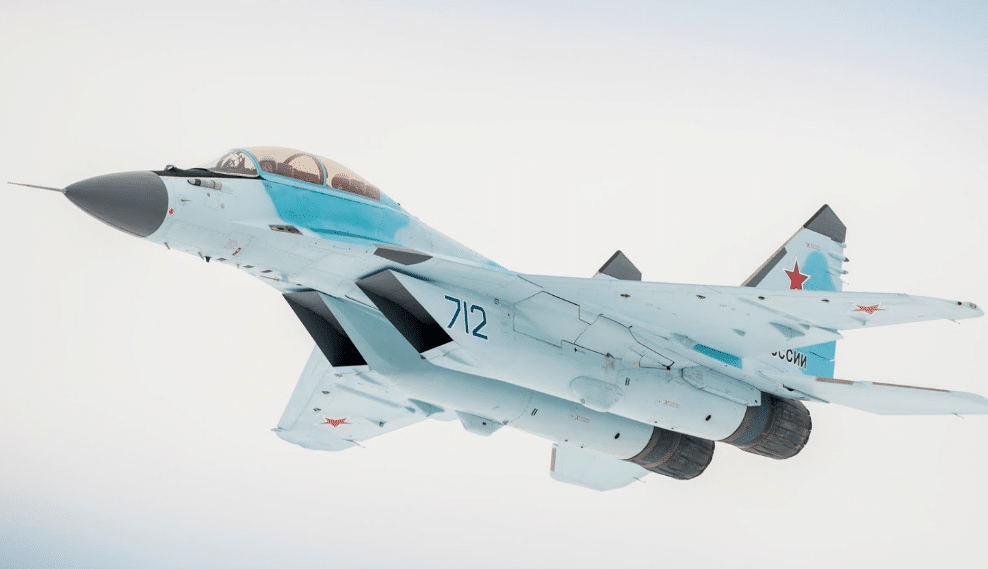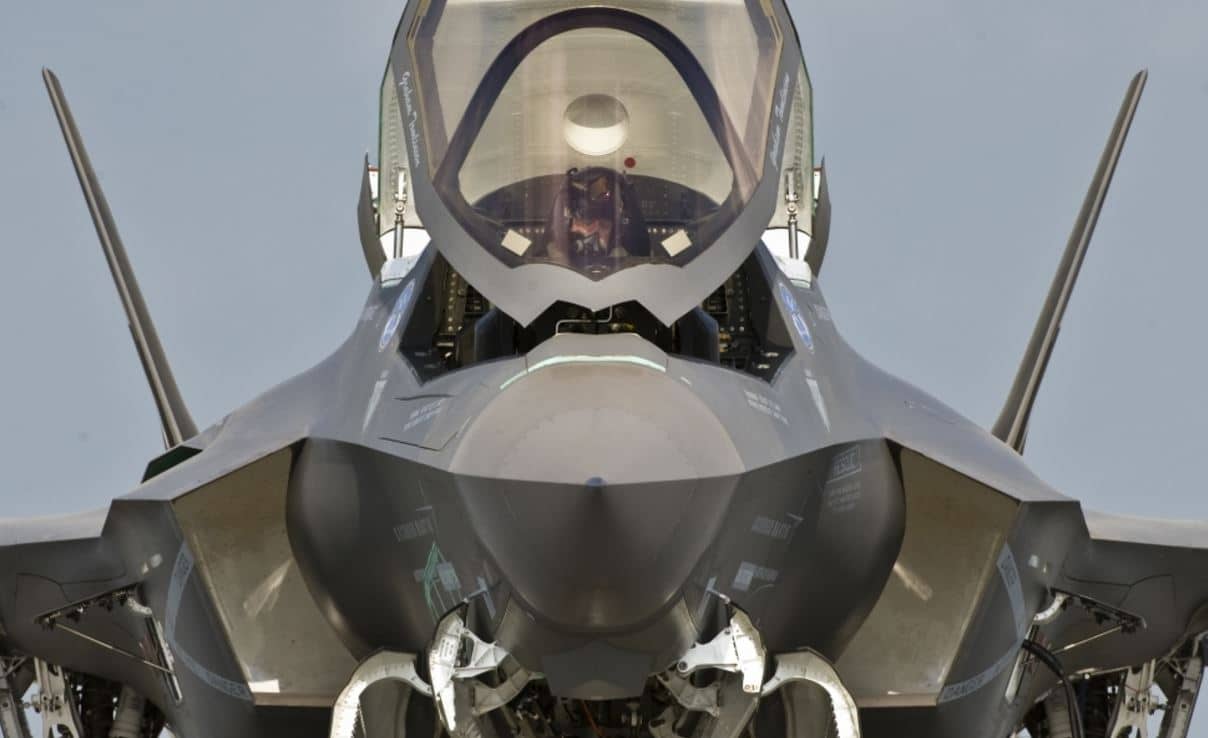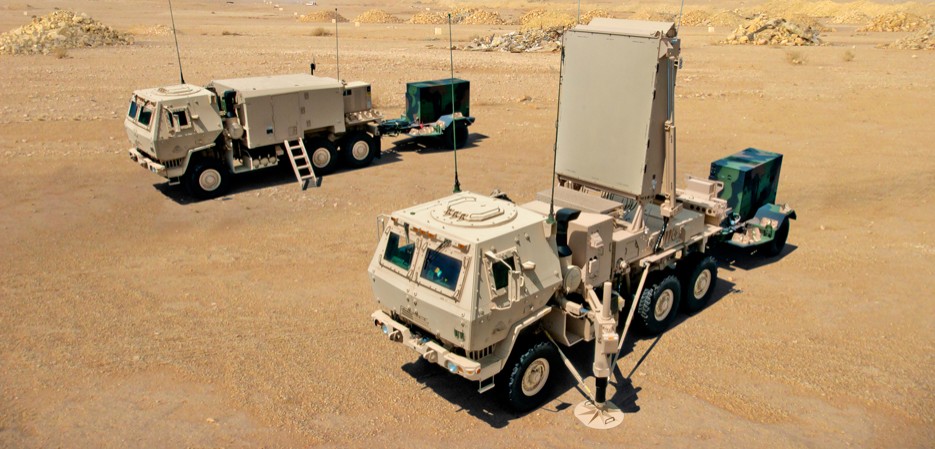2196Views 0Comments

Russia Studies Next Generation Lightweight Fighter
The state-owned news agency RIA Novosti reports that United Aircraft Corporation’s (UAC) MiG RSK is to study the design needs of a twin-engine, next-generation lightweight aircraft.
MiG RSK released a bid relating to the “aerodynamic calculation of a light multi-functional front-line twin-engine aircraft,” with a focus on matching comparable designs under development overseas. This initial design work is expected to cost four-million rubles.
It seems that MiG RSK is in the initial stages of its development work, so it is not known if UAC will position the fighter for export, for domestic use, or both. MiG RSK said it will work on a twin-engine design, but it did not outline any specific features yet, e.g., internal bay, thrust-vectoring, electronics configuration, etc.
Notes & Comments:
In 2017, UAC had signed an agreement with the United Arab Emirates (UAE) to develop a next-generation combat aircraft. Rostec’s then CEO, Sergei Chemezov, said that work on the fighter would begin in 2018.
However, it does not appear that the joint fighter program with the UAE took-off, but MiG RSK is evidently still interested in developing an alternative to the Su-57, UAC’s sole next-generation fighter.
If MiG RSK’s new program is carrying the intent of the UAE program, then UAC’s focus is aimed at fielding a successor to the MiG-29M2/MiG-35 for overseas markets, especially in developing countries.
However, despite the apparent demand, there are few analogous programs of this nature, especially at a tangible level. Arguably, the Chinese FC-31 is the farthest along with two flying prototypes, with Korea Aerospace Industries (KAI) following with a KF-X prototype under construction. The others – i.e., Turkey’s TF-X, India’s AMCA, or Pakistan’s Project AZM – are at earlier design or development phases.
UAC/MiG RSK will join the cue. But compared to the aforementioned players, it may have a better chance – given its existing aircraft development experience and access to critical inputs – at fielding a prototype in the foreseeable future. However, development success is contingent on sufficient funding.
MiG RSK could find itself in the position where its next-generation fighter design may interest countries having difficulty with their own respective programs.


